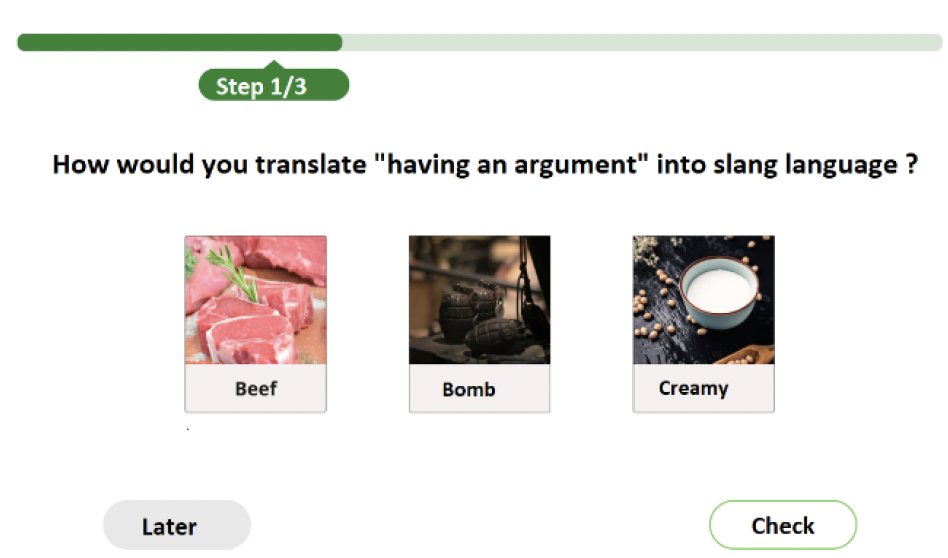
This paper presents a prototype that aims to make education accessible to all. The chosen learning topic focuses on youth language to overcome language barriers and create better access to society for those who are not fluent in German. The results are based on a systematic literature review and the development of a prototype tested using the BITV tests. The key findings are that accessibility should be a strategic goal set and repeatedly promoted by senior management. This way, it does not become less of a priority, which has often proven to be a weakness because the accessible elements of software are not necessarily needed for its core functions. With the insight of using an agile participation model, accessible applications can be completed in a shorter average time in the future. The project also demonstrates the importance of accessibility awareness in software development.

The everyday consumer is inundated with applications powered by machine learning. But in an ordinary day, do we encounter situations and choices which could also benefit from machine learning for which there is no specific tool invented yet? We describe scenarios where people without any machine learning background could find it useful to define their own solution which uses machine learning. Although machine learning is becoming ubiquitous, the average person is unaware of the steps involved. This abstraction makes sense, in many situations, such as traffic predictions, it is not necessary for the driver to know what machine learning algorithm is running. However, we consider examples where knowing how to incorporate machine learning into a problem would assist in decision making. We propose a workflow with operations leading to a final application. There are several challenges here, namely, the average consumer is not expected to have a mathematical background, nor is expected to acquire any additional background. To achieve this new utility, we use a visual analytic pipeline which integrates machine learning and the person. We use the IEEE VAST 2018 Challenge as a case study in which the user steps through the workflow. Finally, we envision the resulting application.